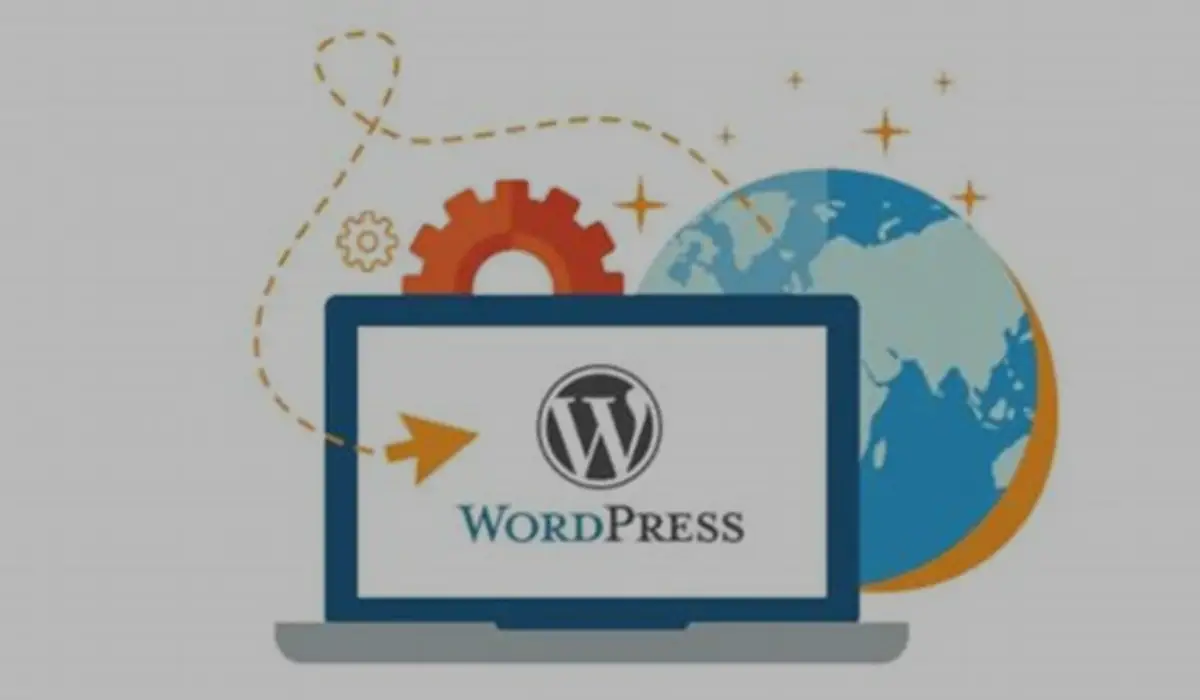Let’s dive into the world of WordPress theme customization and see how you can make your website stand out. Hey there! Have you ever wondered how websites get their unique look and feel? It’s all thanks to something called theme customization, especially when it comes to WordPress. WordPress is a popular platform used by millions of people to create websites. It’s like a giant toolbox that gives you everything you need to build and design your site. One of the coolest features of WordPress is that you can customize your theme to make your site look just the way you want.
What is a WordPress Theme?
Before we get into customization, let’s understand what a WordPress theme is. A WordPress theme is considered to be the set of clothes for your website that gives visual appearance to your site. Just like how you choose different outfits for different occasions, a theme changes the appearance of your website. It includes colors, fonts, layout, and other design elements. WordPress has an unlimited collection of free and paid themes that give your website a special look. Once you select a theme, you can customize it to make your site look unique.
Why Customize Your Theme?
You might wonder why it’s important to customize your theme. Here are a few reasons:
- Personalization: Customizing your theme allows you to add your personal touch to your website. You can choose colors, fonts, and layouts that reflect your personality or brand.
- Branding: If you’re creating a website for a business or a project, customization helps you create a consistent brand image. This makes your site recognizable and memorable.
- Functionality: Customizing your theme can also improve the functionality of your site. You can add features that make it easier for visitors to navigate and find what they’re looking for.
Getting Started with WordPress Theme Customization
Now that you know why customization is important, let’s see how you can get started. Here’s a step-by-step guide to customizing your WordPress theme.
Step 1: Choose a Theme
The first step is to choose a theme that you like. You can move ahead in WordPress Theme directory to install any kind of theme for your website. To do this, go to your WordPress dashboard, click on “Appearance,” and then “Themes.” You can browse through different themes and preview how they will look on your site. Once you find a theme you like, click “Activate” to apply it to your site.
Step 2: Access the Customizer
After activating your theme, the next step is to access the Customizer. The Customizer is a tool in WordPress that allows you to make changes to your theme. To access it, go to your dashboard, click on “Appearance,” and then “Customize.” This will open the Customizer panel, where you can see all the customization options available.
Step 3: Customize Your Site Identity
The first thing you’ll want to customize is your site identity. This includes your site title, tagline, and logo. In the Customizer, click on “Site Identity.” Here, you can enter your site title and tagline. The title is the name of your site, and the tagline is a short description. You can also upload a logo if you have one. This will appear at the top of your site.
Step 4: Change Colors and Fonts
Next, you can change the colors and fonts to match your style. In the Customizer, look for options like “Colors” or “Typography.” Here, you can choose different colors for your background, text, and links. You can also select different fonts for your headings and body text. Play around with the options until you find a combination you like.
Step 5: Customize the Layout
The layout of your site determines how your content is arranged. In the Customizer, you might find options for changing the layout of your homepage, posts, and pages. For example, you can choose between a full-width layout or a layout with a sidebar. You can also customize the layout of your header and footer.
Step 6: Add Widgets
Widgets are small blocks that add different types of content to your site. For example, you can add a search bar, recent posts, or a calendar. In the Customizer, click on “Widgets.” Here, you can add widgets to different areas of your site, such as the sidebar or footer. Simply drag and drop the widgets you want to add.
Step 7: Add Custom CSS
If you have some knowledge of CSS (Cascading Style Sheets), you can add custom CSS to make more advanced customizations. In the Customizer, click on “Additional CSS.” Here, you can enter your CSS code to change the appearance of your site. For example, you can change the size of your headings or the spacing between elements.
Tips for Successful Customization
Here are a few tips to help you customize your theme successfully:
- Preview Changes: Always preview your changes before publishing them. The Customizer allows you to see how your changes will look on your site.
- Backup Your Site: Before making major changes, it’s a good idea to backup your site. This way, you can restore your site if something goes wrong.
- Keep It Simple: Don’t overdo it with too many customizations. Keep your design clean and simple to ensure a good user experience.
- Stay Consistent: Make sure your design elements are consistent throughout your site. Use the same colors, fonts, and layout for a cohesive look.
Customizing your WordPress theme is a fun and rewarding process. It allows you to create a unique and personalized website that reflects your style and brand. By following the steps and tips in this guide, you can easily customize your theme and make your website stand out. So, go ahead and start experimenting with different options. Your dream website is just a few clicks away!

